Hajj 2024: A step-by-step guide to the sacred Muslim pilgrimage
Over 1.5 million pilgrims arrived in Makkah to mark the beginning of the annual pilgrimage
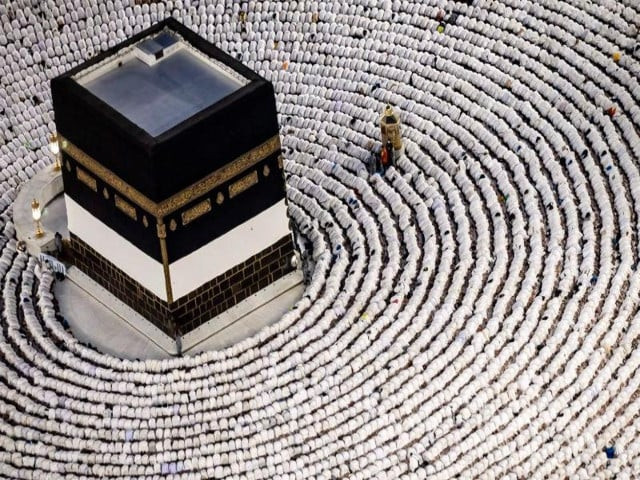
Every year, millions of Muslims from around the world gather in Makkah to perform Hajj, the sacred Muslim pilgrimage.
Hajj became obligatory for every able-bodied Muslim adult with financial means after Prophet Muhammad’s “farewell pilgrimage” in 632 AD. Typically, between two and three million people participate in the pilgrimage annually.
However, due to the coronavirus pandemic, the number of pilgrims was drastically reduced to 10,000 in 2020. The following year saw 58,700 pilgrims, and last year's numbers picked up again to one million.
Hajj is a spiritual, emotional, and physical challenge that tests the patience and temperament of the pilgrim. It occurs in Dhul-Hijjah, the 12th and final month of the Islamic lunar calendar, between the eighth and 13th days of the month.
Here is a step-by-step guide to the rituals on each day of Hajj:
Day 1: Intent and Ihram
The very first rite of Hajj is to make a pure intention and enter the ihram, a pilgrim’s sacred state, when crossing the outer boundaries of Makkah, called Miqat.
Entering ihram involves wearing plain garments – two unstitched pieces of cloth for men, or loose-fitting clothing for women – and following certain rules, such as avoiding anger and refraining from sexual activity.
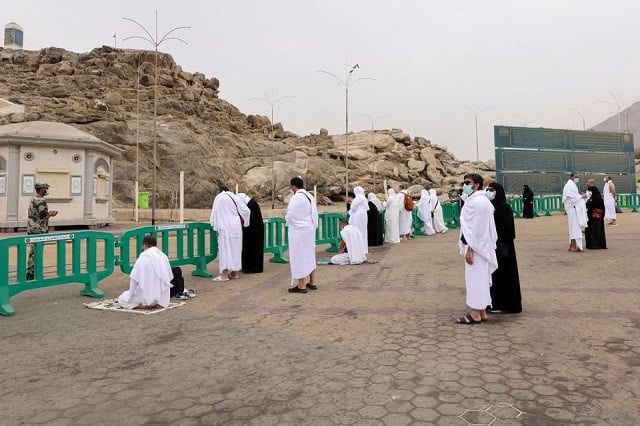
Pilgrims then perform tawaf, circling the Kaaba in an anticlockwise direction seven times, followed by sai, running between the Safa and Marwa hills. After this, pilgrims travel by foot or bus to Mina, an 8km journey, where they spend the day in prayer and supplications.
Day 2: A day on Arafat
The Day of Arafat is one of the most significant days of Hajj and the Islamic calendar. Pilgrims make the 15km (nine-mile) journey from Mina to Mount Mercy, where they engage in wuquf, standing before Allah from noon to sunset. This site is revered as the place where Prophet Muhammad delivered his last sermon. Many Muslims around the world choose to fast on this day.
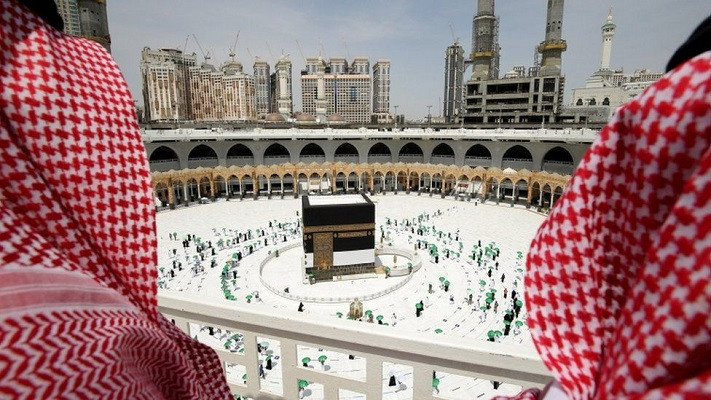
After sunset, pilgrims move to Muzdalifah, an 11km trip, where they spend the night under the stars and begin collecting 49 pebbles for the next day's rites.
Day 3: Nahr and stoning the devil (Rami)
The 10th of Dhul-Hijjah is Eid al-Adha, celebrated by Muslims worldwide as the greater of the two Muslim holidays. Pilgrims leave Muzdalifah for Mina before dawn to perform the first rami, throwing seven pebbles at the largest of three columns, Jamarat al-Aqaba. This act symbolises the stoning of the devil, based on the tradition where Abraham threw stones to repel Satan.
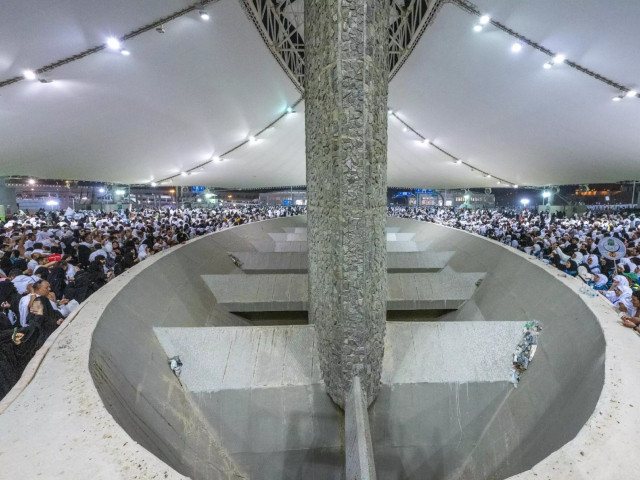
Pilgrims also sacrifice an animal, known as nahr. A camel or lamb is suitable, and the meat is distributed to the needy. Pilgrims can buy sacrifice vouchers, which state that the sacrifice has been made on their behalf, or perform their own sacrifice.
Days 4 and 5: Continued stoning
The act of throwing stones is repeated for the next two days, pelting the three pillars (Jamarat al-Ula, Jamarat al-Wusta, and Jamarat al-Aqaba) with seven pebbles each.
Day 6: Halq or Taqsir and the farewell Tawaf
On the 12th day of Dhul-Hijjah, men shave their heads (halq) or trim their hair (taqsir), while women trim their hair by the length of a fingertip. After this, pilgrims remove their ihram clothes and return to Makkah to perform tawaf and sai once more, marking the completion of Hajj.
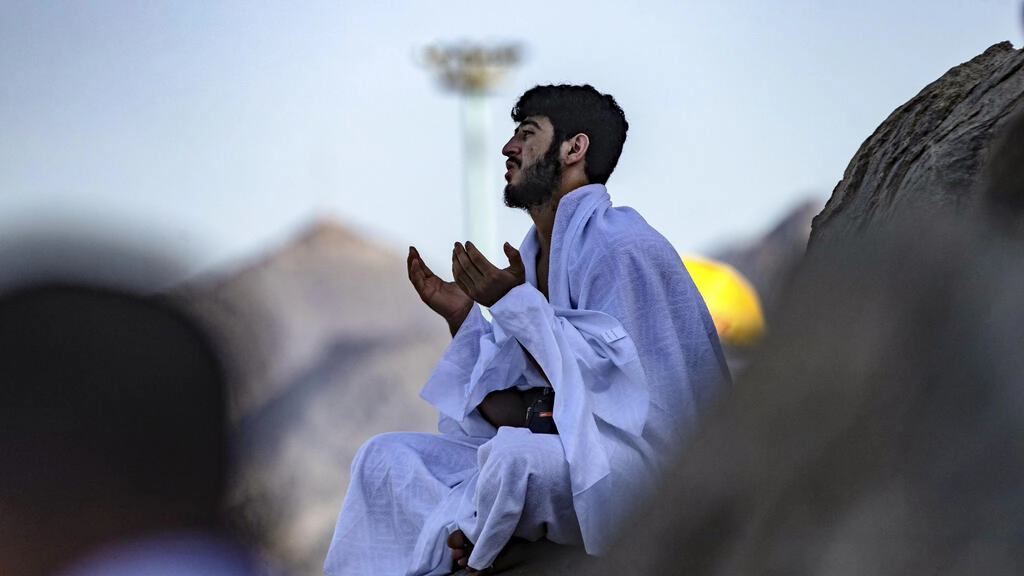
Many pilgrims also visit Madina, the second holiest city in Islam, before heading home. Although not part of the pilgrimage, Madina is revered as the site where Prophet Muhammad is buried alongside his closest companions.



















COMMENTS
Comments are moderated and generally will be posted if they are on-topic and not abusive.
For more information, please see our Comments FAQ